Great Lakes tribes teach 'water is life.’ But they’re forced to fight for a voice in safeguarding it.
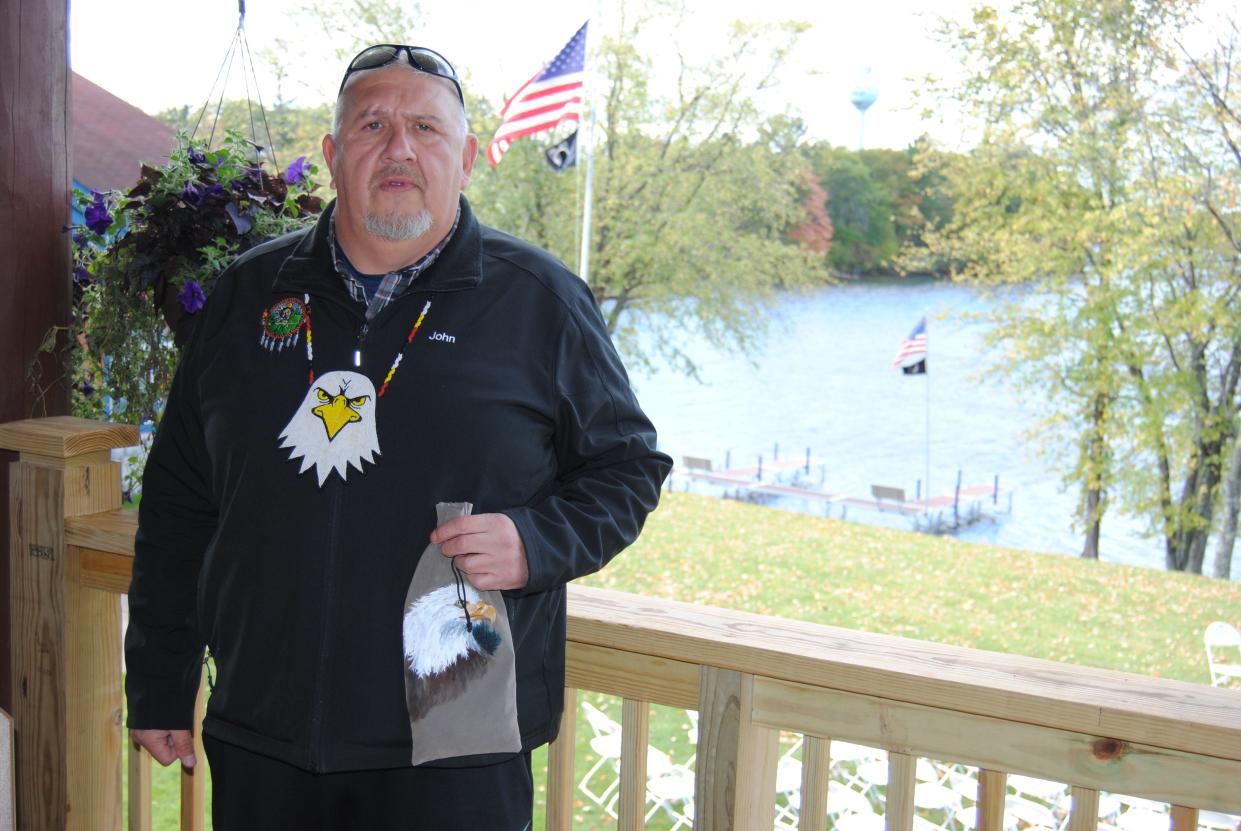
LAC DU FLAMBEAU — John Johnson, president of the Lac du Flambeau Ojibwe Tribe in northern Wisconsin, is not one to hold back his frustrations with the Wisconsin Department of Natural Resources over management of the waterways in the Northwoods.
“We used to be able to drink water right out of this lake when we were kids,” he said while looking over Pokegama Lake from a balcony at the tribe’s hotel casino. “We can’t now.”
While the tribe does what it can to keep the lake clean, it can’t control what happens outside the reservation to waters that eventually flow in.
The DNR "won’t listen to Native Americans,” Johnson said.
For many tribes around the Great Lakes basin, water is considered a sacred spirit. Ojibwe teachings say that “water is life” – a phrase that encapsulates the interconnected relationships that water has with every living thing on Earth.
Now the phrase is often seen on signs at protests – ones where tribes are fighting against massive, corporate oil and mining projects that threaten to pollute waterways.
First in the series: Great Lakes tribes’ knowledge of nature could be key to navigating climate change. Will enough people listen?
Second in the series: Indigenous approach to agriculture could change our relationship to food. And help the land in the process.
Third in the series: Tribes do their part to keep air clean. Now, they want to make sure pollution from afar doesn't put that at risk.
There are a multitude of threats to water resources throughout the Great Lakes basin — climate change, extractive industries and unsustainable water use — all of which underscore that the burden falls on tribes to protect their treaty rights even though they may not have the staffing, time or money.
It’s telling that for this and other stories in this series, multiple requests to different officials at the Wisconsin DNR from the Journal Sentinel over the course of more than a month failed to yield a single interview.
“It's absolutely overwhelming for small tribal programs and tribal leaders who are doing everything from running schools and clinics and building housing to try to protect treaty resources for future generations,” said Nancy Schuldt, a non-tribal water projects coordinator for the Fond du lac Band in Minnesota.
“It just doesn’t seem right that these kinds of programs have to take on these Goliaths to see environmental justice prevail,” she said.
Johnson and other tribal officials believe treaty rights – which are the law of the land – should give them a seat at the table when it comes to managing the natural environment, which tribes have done for thousands of years.
But that’s not always the case.
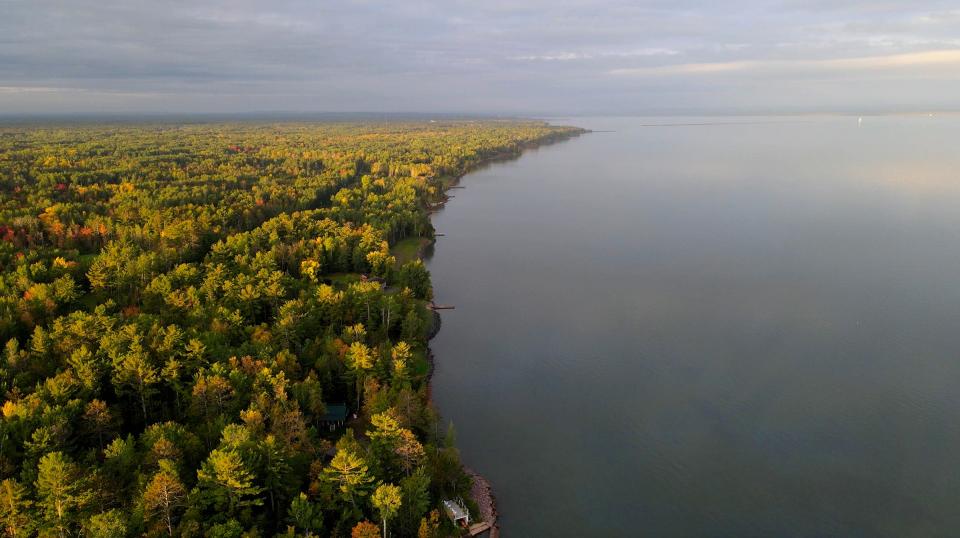
Healthy water is integral for Ojibwe culture to thrive
The impact of climate change on the waters where wild rice, or manoomin, is grown offers a classic example.
In early summer, heavier-than-normal rains are now uprooting the plants during their most vulnerable “floating leaf” stage, when only a single tap root clings to the sediment below, said Maddy Nyblade, a graduate student at the University of Minnesota. Nyblade is part of a tribal-university wild rice research collaborative that blends traditional ecological knowledge and Western science.
Further, deep winter freezes are now happening less often, causing manoomin to lose its wintertime competitive advantage over other plants, Nyblade said. These deep freezes kill back the thick roots of perennial plants, she said, allowing space for manoomin to grow the following spring.
Efforts are underway throughout the upper Great Lakes to reseed wild rice beds. But winter warming is causing more waterfowl to stay longer, decimating wild rice that tribes are trying to restore, said Nathan Podany, a non-tribal hydrologist for the Mole Lake Sokaogon Ojibwe Tribe.
More: Progress seen at Great Lakes' second-largest area of concern, on Minnesota-Wisconsin border
Schuldt said climate change has become an “umbrella concern,” exacerbating water resources already stressed from pollution.
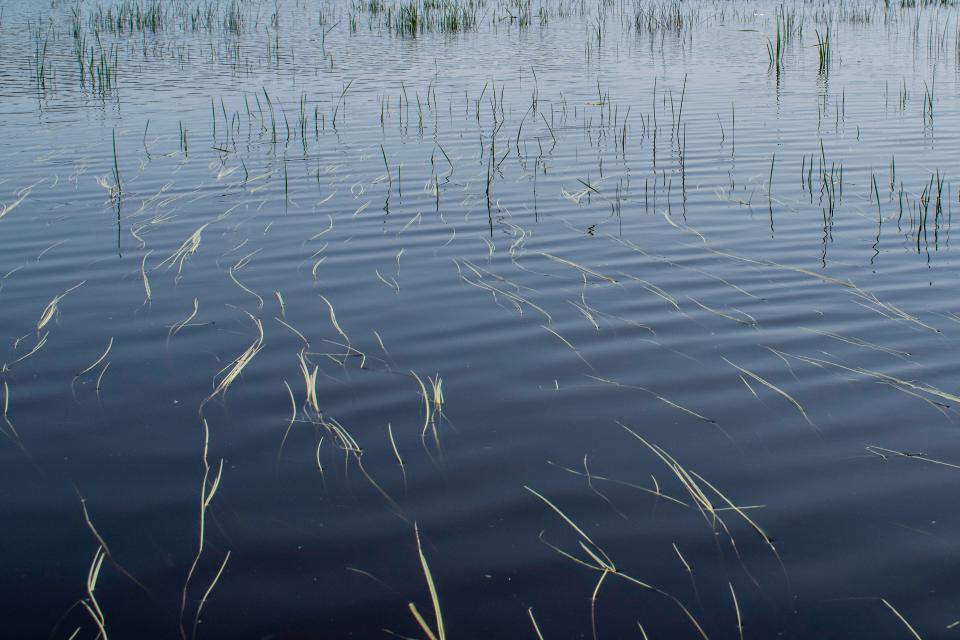
Iron-ore and taconite mining has had profound effects on wild rice growth and fisheries at the headwaters of the St. Louis River, which is Lake Superior’s largest tributary, said Esteban Chiriboga, mining specialist at the Great Lakes Indian Fish and Wildlife Commission.
One such pollutant is sulfate, he said, a mineral salt that turns into sulfide in the mucky sediment beneath streams and wetlands. Sulfide is toxic to wild rice.
Mercury is another major mining pollutant that becomes its most toxic form in the presence of sulfate. Toxic mercury is the main cause of fish consumption advisories in the region. Fish are a major part of the diets of Ojibwe tribes.
Mercury levels are especially acute for the Fond du Lac Band, Schuldt said, as the reservation lies along the St. Louis River, where levels in fish are exceedingly high.
Decades-long battles show the ‘permitting process is broken’
Current project proposals to mine for metals, like copper, nickel, gold and zinc, also cause concerns. And they highlight that the burden is on tribes to tell state and federal agencies how a project may infringe on treaty rights, when the burden should be on applicants to prove they won’t infringe on them, said Whitney Gravelle, president of the Bay Mills Indian Community in what is now Michigan’s Upper Peninsula.
“The permitting process,” Gravelle said, “is broken.”
For instance, the Army Corps of Engineers awarded a wetland permit to a proposed copper and nickel mine in northeastern Minnesota in 2019. The Fond du Lac Band said the mine would not meet their water quality standards – which are stricter than the states – for mercury and other pollutants. The higher standards were needed, they said, to protect Indigenous diets and culture.
Earlier this year the Corps reversed itself, withdrawing the permit and jeopardizing the mine, which would have filled 1,000 acres of wetlands upstream from the Fond du Lac Band’s reservation.
A similar story has played out for the Menominee Nation, which fought against the Back 40 mining project because of the potential harm to the Menominee River, which partially borders Wisconsin and Michigan’s Upper Peninsula.
When a Canadian company proposed extracting thousands of pounds of metals, like gold and zinc, along the banks of the river, the Menominee had to hire an archaeologist to prove what they’ve always known: The river is their ancestral home.
After fighting for more than two decades, one part of the river, known as Anaem Omot, is now designated as a historic place under the National Register. In turn, developers of major projects at the site would need to consult with the Menominee Nation.
The U.S. government’s silence speaks volumes
One tribe’s concern over water issues has put it at odds with a massive Canadian multinational pipeline and energy company.
Enbridge's Line 5 pipeline runs 645 miles from Superior, Wisconsin, to Sarnia, Ontario. The pipeline crosses through Michigan’s two peninsulas and goes under the Straits of Mackinac.
For years, the Calgary-based oil company has been locked in legal battles with the Bad River Band. The pipeline is operating with expired easements, or the rights to cross land, on the Bad River reservation near Lake Superior.
There have been more than 30 spills during the pipeline’s tenure, releasing more than 1 million gallons of oil. And the Band has long worried about a potential breach on its reservation.
Earlier this year, a U.S. federal judge ordered that Enbridge remove its Line 5 pipeline from Band territory by June 2026 or face a shutdown. Both sides appealed the decision. Enbridge alleges the judge didn’t have the authority to threaten a shutdown order; the Band insists that three years is too long. It’s likely the case will end up in the U.S. Supreme Court.
More: Why is the recent ruling on Enbridge's Line 5 so important? Here are 8 reasons.
Riyaz Kanji, an attorney who represents the Band, believes the company’s strategy has been to cause delays to make it economically impossible for the Band to continue to fight.
Gravelle said that tribes are cautiously optimistic about the ruling, but they are frustrated with the legal games that are being played. It’s a “fight that we have to continue every single day of our lives,” she said.
The Canadian government filed an amicus brief in support of the oil giant in September, asking the Court to consider a 1977 pipeline treaty that prevents interruption to the flow of oil between the two countries.
The United Nations has recommended that the two countries shut down the pipeline, and recently asked Canada to reconsider its support.
So far, the U.S. government has been silent.
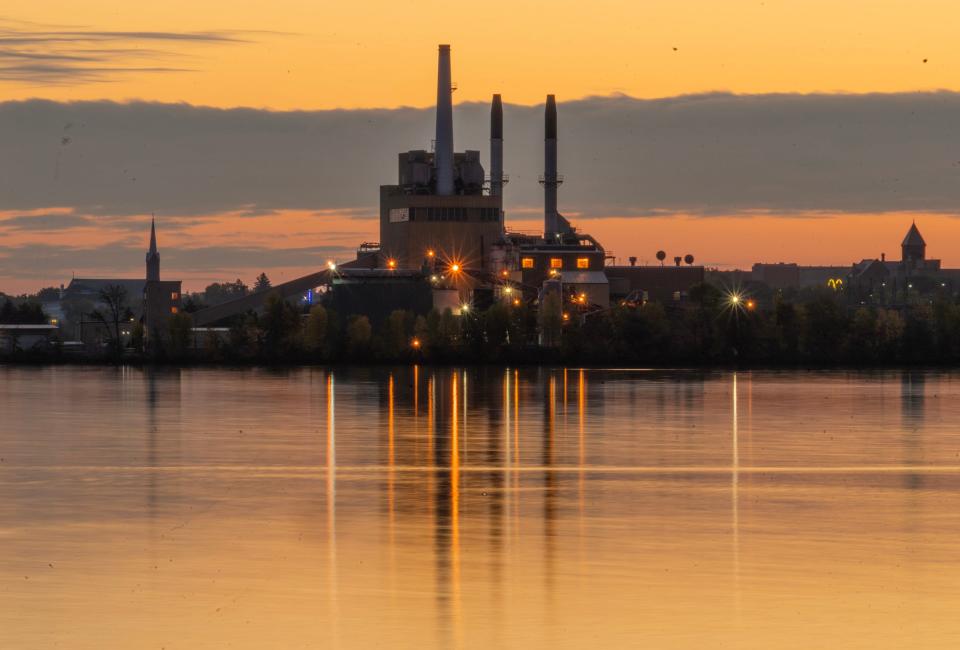
Water use, long-distance needs create unease
One of the largest concerns among tribes across the Great Lakes basin is that parched states outside the basin will come looking for relief.
The Great Lakes Compact is a formal interstate agreement among the eight Great Lakes states: Illinois, Indiana, Michigan, Minnesota, New York, Ohio, Pennsylvania and Wisconsin. The Compact details how the states manage the use of the Great Lakes Basin's water supply.
While the Compact bans long-range, large-scale water diversions, the worry never fades.
Water use is a big issue for tribal leaders, said Daniel Guzman, a member of the Oneida Nation, who joined the EPA’s Great Lakes advisory council to provide a tribal perspective. Even though the Compact is in place, he believes it is inevitable that western states will try to take water.
The Compact states that it is not intended to override tribal treaty rights. Tribes were able to submit comments, many of which were included, said Ann McCammon Soltis, director of intergovernmental affairs with the Great Lakes Indian Fish and Wildlife Commission.
When it comes to piping water out, there are very limited exceptions. One includes communities in counties on the basin line, like the city of Waukesha. Requests from such cities need approval of all eight state governors and the premiers of the two Canadian provinces bordering the Great Lakes. One big stipulation: All water has to be cleaned and returned to the lakes. After a decades-long process, Waukesha is the first community to get a diversion of this kind approved.
McCammon Soltis said that states are required to consult with federally recognized tribes when an application is submitted, but each state consults with tribes differently.
This has created inconsistency for tribes, she said, and the Waukesha request showed that some states work with tribes better than others. She said Wisconsin wasn’t one of the better ones.
Great Lakes organizations, funding programs try to overcome capacity issues
The Great Lakes and St. Lawrence Governors and Premiers, an organization that provides staff support in matters pertaining to the Compact, is trying to build relationships with tribes and help make participation easier with their limited bandwidth, said Pete Johnson, the deputy director.
Last February, Johnson, along with the executive director, visited with tribal leaders of the Red Cliff Band near Lake Superior to talk about projects and to develop relationships. Other tribal leaders were invited and tuned in remotely, Johnson said.
Bryan Van Stippen, an Oneida member and program director for the National Indian Carbon Coalition, appreciated the effort the organization is making to reach out to tribes and make sure they have a voice in the Great Lakes basin. However, because tribes were taken advantage of for a long time, he said, it will take a while to develop a trusting relationship.
Physically going to tribes is the best way to build trust, “but there needs to be more energy behind it," said Jen Vanator, Great Lakes program coordinator at the Great Lakes Indian Fish and Wildlife Commission. But, she said she hasn’t seen a lot of progress since that meeting.
According to Johnson, there are no other visits to tribes currently scheduled, but they are looking for opportunities.
The Great Lakes Restoration Initiative, a federal program that funds projects that restore and protect the lakes, is also taking steps to address the limited time and resources tribes have by directing a set amount of money to the Bureau of Indian Affairs. The tribes then get to determine how to use those funds.
So far, the funding program has been a success story for tribes in helping build up tribal capacity and getting tribes involved in more projects, Vanator said.
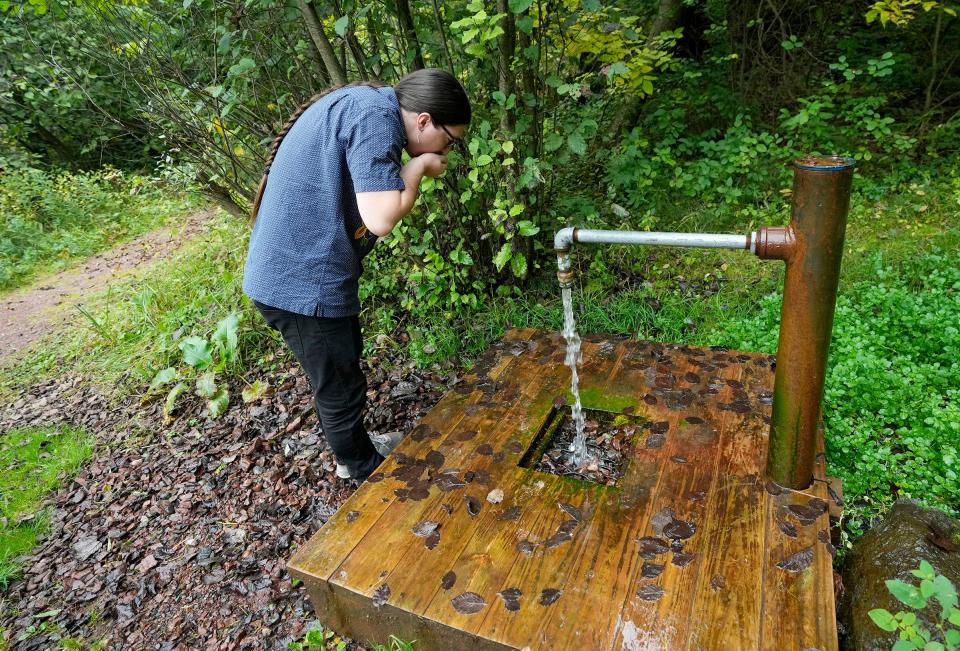
Tackling water issues requires a mindset shift
While there has been a willingness within state agencies to engage with tribes, Vanator said, it will take more time and effort before things get to where they need to be.
Schuldt believes that tribes need to be treated like the sovereign governments that they are, and there needs to be more direct consultation with tribal leaders when decisions are made that can affect the well-being of tribal communities. She also wants to see more tribal liaisons who are Indigenous.
There will also need to be a mindset shift, Gravelle said. First, agencies need to acknowledge the limited time and resources that tribes have, she said. Often, when tribes do not show up to meetings, agencies believe they are not interested when in fact they just don't have a person available to show up.
Federal and state agencies also need to operate with the mindset that it is their duty to protect treaty rights — they shouldn't need to be nudged by an Indigenous voice.
And more than just enforcing rights, Gravelle believes all parties should learn to approach these issues with the idea of living more harmoniously with the land, air and water, like Indigenous people do.
“If we had respect for all that came before us," she said, "we’d be much better off.”
The project
This four-part series examines how Indigenous communities in Wisconsin are pushing to protect land, air and water. It is supported by a climate change reporting grant from the Poynter Institute, through funding by the Joyce Foundation. All content was produced by the Journal Sentinel staff under the guidance of its editors.
The reporters
Caitlin Looby has covered the Great Lakes Basin for the Journal Sentinel since June 2022 through Report for America. She has a doctorate in ecology and evolutionary biology, and has been a science researcher, teacher and writer.
Madeline Heim has covered the Mississippi River basin for the Journal Sentinel since May 2022 through Report for America. She has been a health and science writer, and was the lead Gannett Wisconsin reporter on the COVID outbreak.
Frank Vaisvilas has covered Indigenous issues for Gannett Wisconsin since June 2020, and based at the Journal Sentinel since June 2023. Vaisvilas’ roots on his mother’s side are Yaqui, the Indigenous people of Arizona and Sonora, Mexico.
This article originally appeared on Milwaukee Journal Sentinel: Wisconsin tribes push to have voice heard on Great Lakes water quality
Solve the daily Crossword

